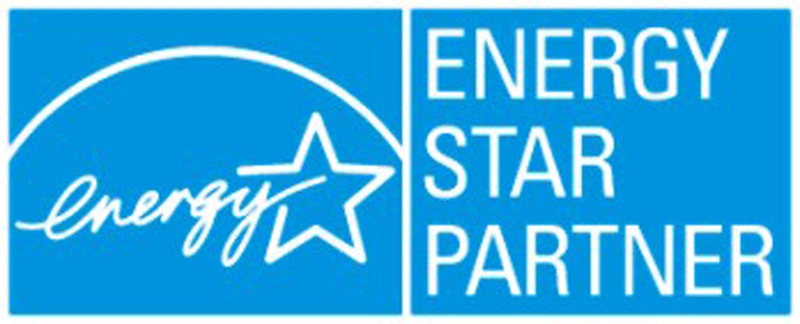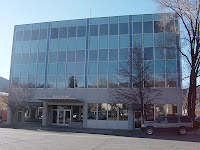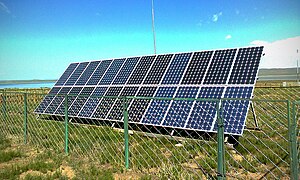The U.S. Environmental Protection Agency (EPA) has awarded its ENERGY STAR® designation to Durango’s West Building, a four-story commercial office building located in historic downtown Durango.
Constructed in 1959, the iconic West Building is one of Durango’s oldest office buildings and likely the first of its kind constructed using a curtain wall system -- whereby the exterior walls are non-load bearing and merely keep out the weather.
In 2007, Marie Leslie, building manager of the West Building, contacted Jeremy Rivera Consulting, LLC to assess building efficiency and to make recommendations for improvements. An energy audit and analysis was performed using a computer model to predict the results of various energy efficiency improvements. The study revealed numerous opportunities to improve the building’s overall efficiency and comfort, as many of the building’s systems were at the end of their useful life.
Starting in 2008, the building underwent a significant overhaul to its Heating, Ventilation and Air Conditioning (HVAC) system, designed by Dan Hopper of Animas Engineering. The HVAC renovation provided significant energy savings and greatly increased comfort for the tenants, but building owners did not stop there. In 2010, they completed a comprehensive lighting retrofit, which immediately resulted in a considerable reduction in energy consumption.
 As a result of the HVAC and lighting renovations, the West Building received its ENERGY STAR rating in January 2012, and is rated to perform better than 84-percent of commercial office buildings nationwide. The building has reduced its annual energy costs by 40-percent and provides a greatly improved environment for its tenants. Energy savings include a greenhouse gas reduction of 813,498 pounds of CO2 per year, equivalent to the amount of electricity consumed by 386 single-family homes.
As a result of the HVAC and lighting renovations, the West Building received its ENERGY STAR rating in January 2012, and is rated to perform better than 84-percent of commercial office buildings nationwide. The building has reduced its annual energy costs by 40-percent and provides a greatly improved environment for its tenants. Energy savings include a greenhouse gas reduction of 813,498 pounds of CO2 per year, equivalent to the amount of electricity consumed by 386 single-family homes. “The West Building has made sustainability a core component of our goal to be a good steward of the environment,” said Marie Leslie, building manager for the West Building. “In addition to a building-wide recycling program, we purchase renewable energy credits from LPEA and 100-percent of our electricity consumption comes from green sources.”
In 1959, initial tenants at the West Building belonged to petroleum companies developing oil and gas discoveries in the San Juan Basin. Today, the West Building continues its tradition with energy-related occupants of a different variety. 4CORE, a 501(c)(3) non-profit, works with local municipalities and companies throughout Southwest Colorado to help residents save energy and energy costs, reduce the use of natural resources, and enjoy a better quality of life.
“4CORE applauds the West Building (and our landlord) for investing in these vast improvements and receiving the prestigious ENERGY STAR award,” said Greg Dubit, Executive Director with 4CORE. “The energy efficiency measures create substantial savings on energy costs and the building is far more comfortable for the tenants that work here everyday as a result. The West Building provides an excellent example as a leader in energy improvements for other area businesses.”
Further improvements are being considered for the West Building, including installing occupancy sensors to further increase the lighting system efficiency. The West Building owners include Frank J. Anesi, Maynes Family LLC, Thomas Shipps and Janice Sheftel. For more information about the West Building, please contact Marie Leslie.






